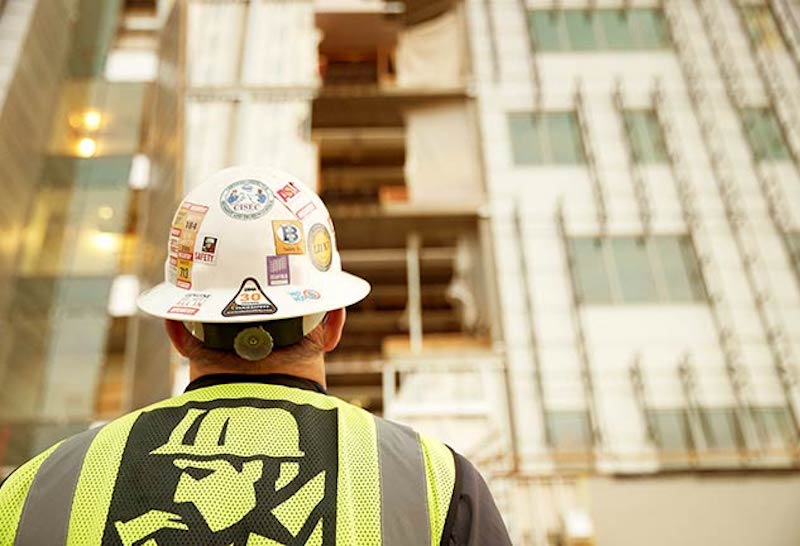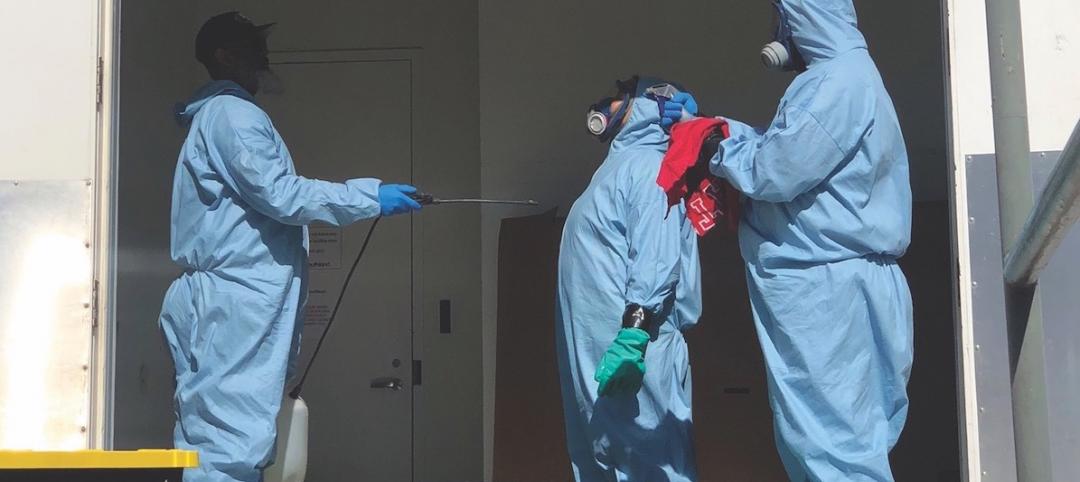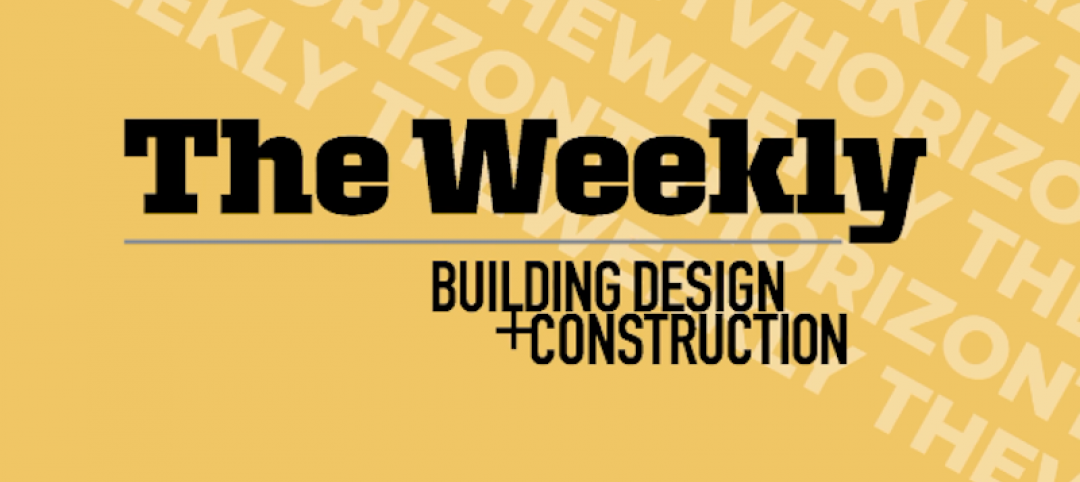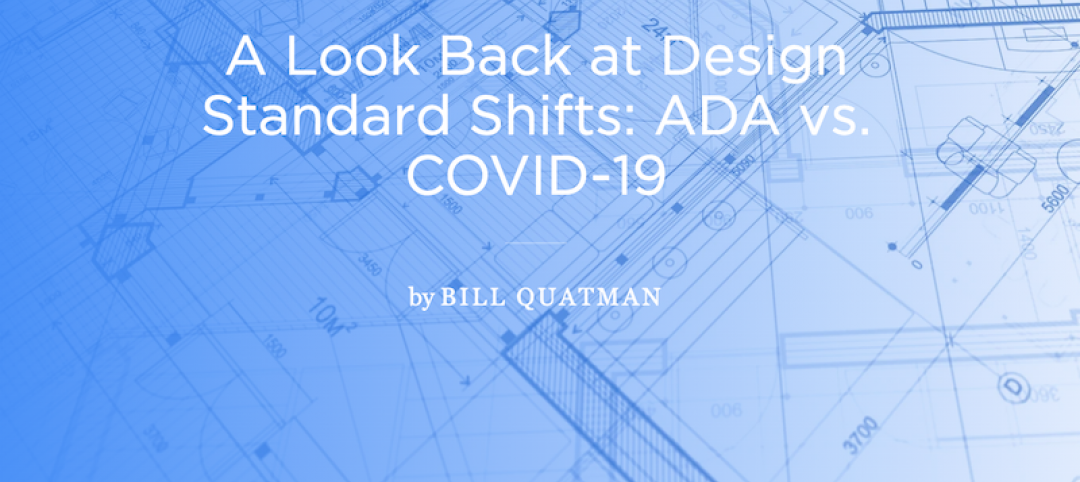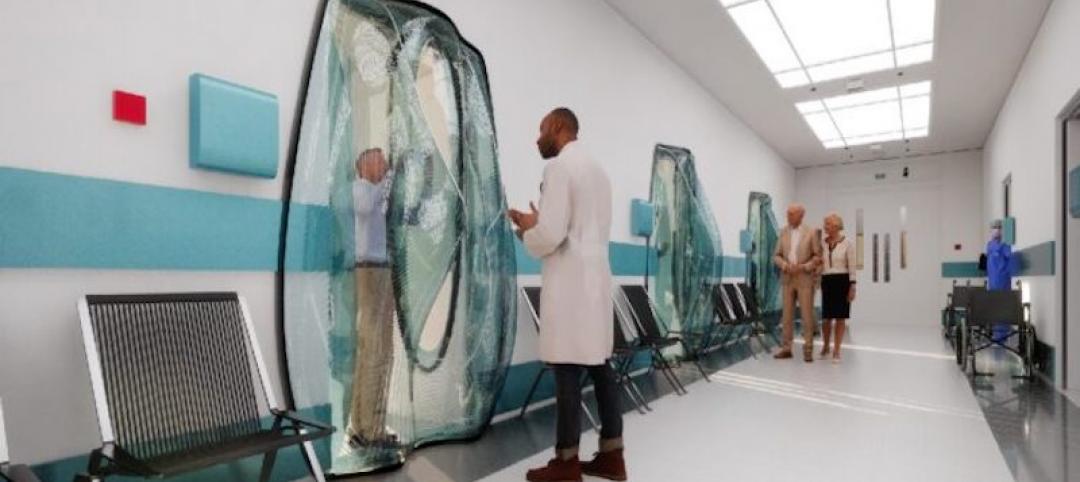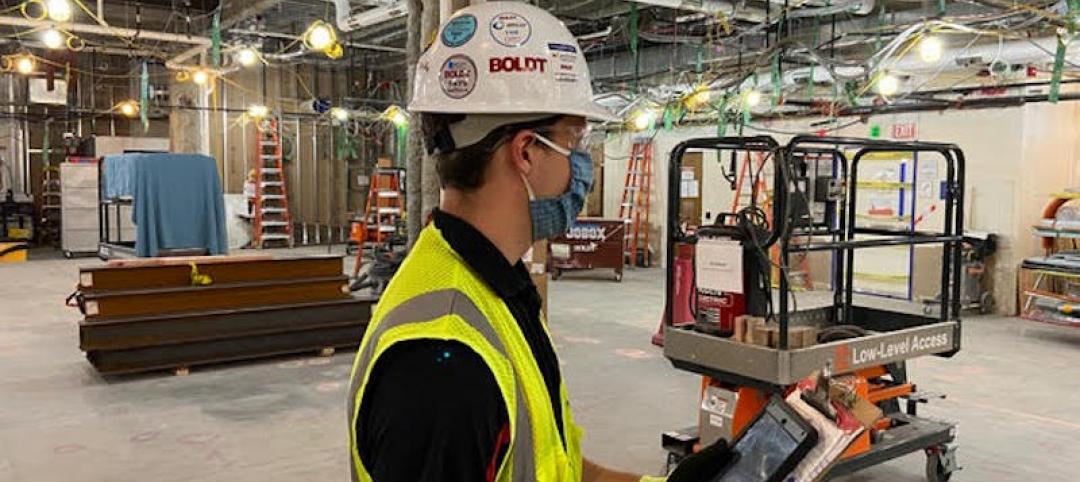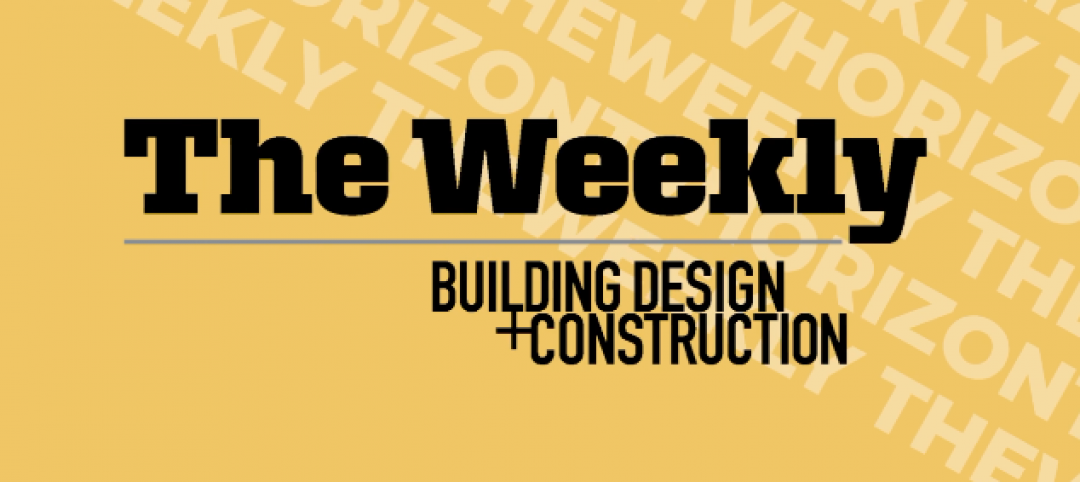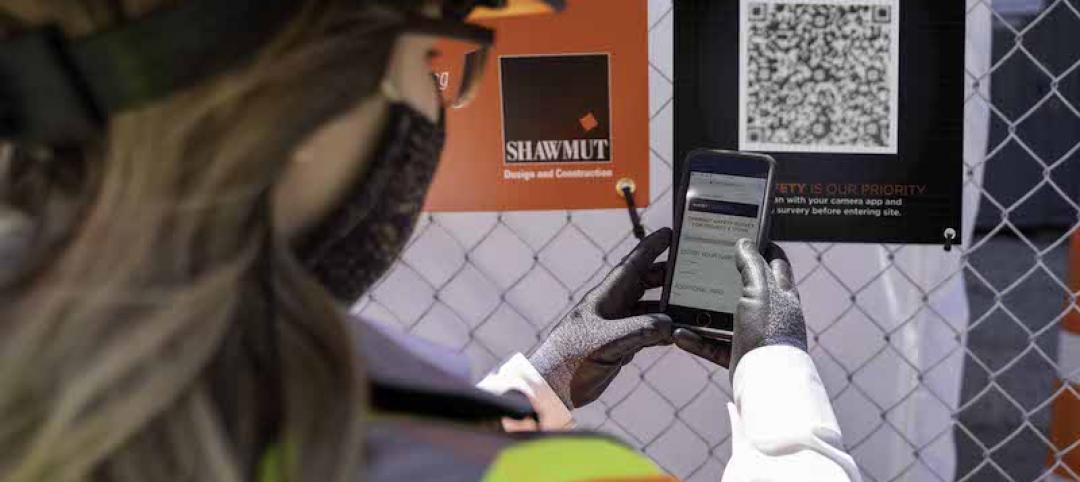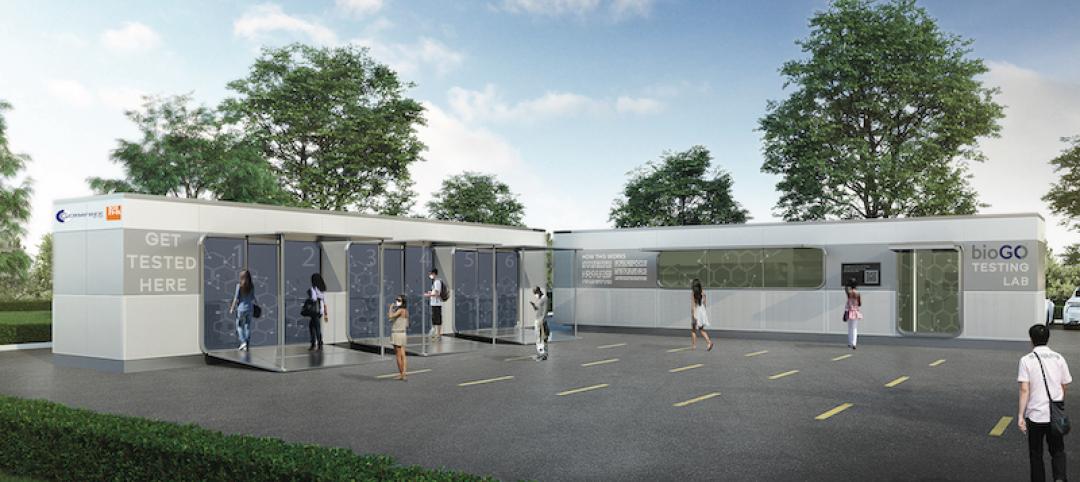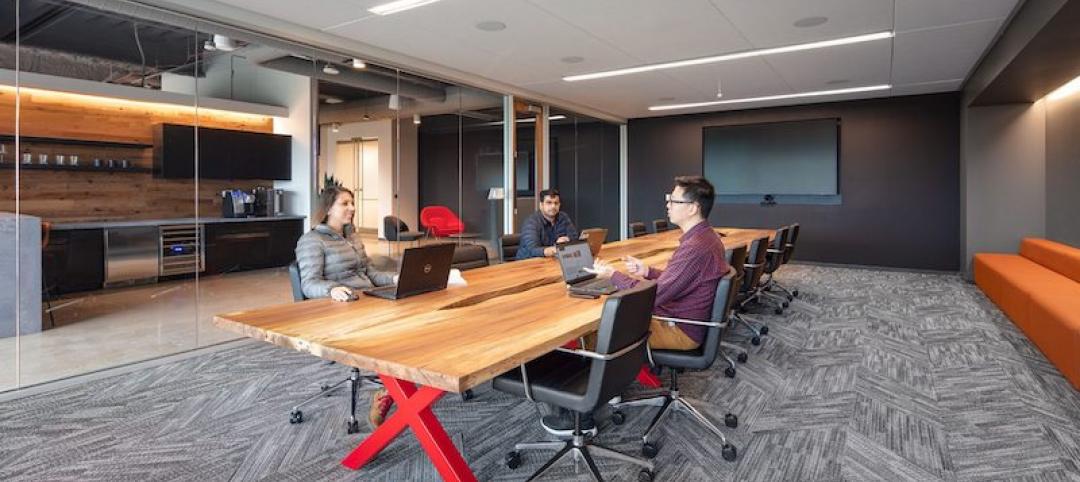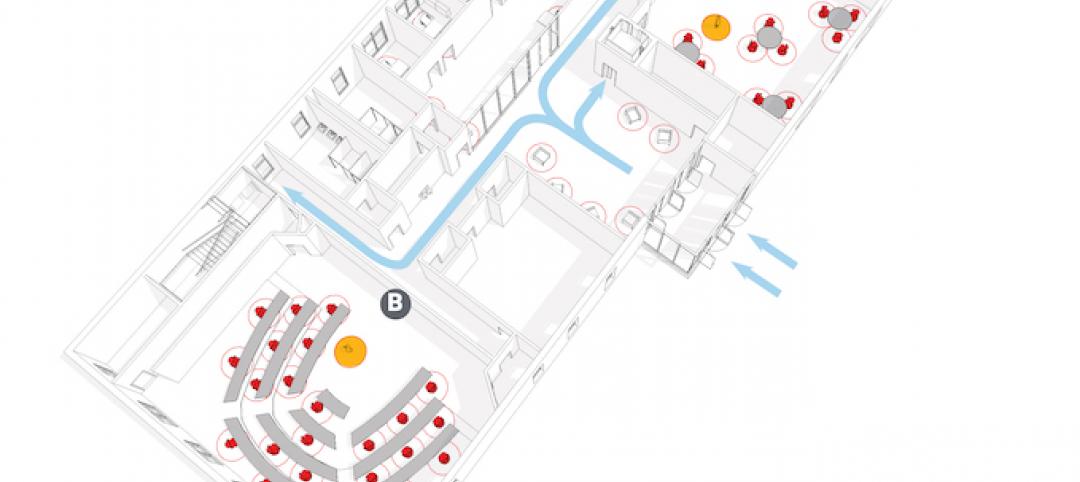The COVID-19 pandemic is fundamentally shifting the way people around the world live and work. While essential services such as construction have continued to operate, how we build has evolved. For many owners, prefabrication is playing an increasingly important role during the pandemic by enhancing safety and providing cost and schedule certainty.
WHAT ARE “PREFAB” AND “OFFSITE PRODUCTION?”
Offsite production moves processes once performed on the jobsite to a collaborative, digitally empowered environment in order to address typical building challenges earlier in the process, when they’re simple and cheaper to address. Prefabrication — or “prefab” — are the resulting elements of the building produced by this process.
What is the value of offsite production? When thoughtfully considered, implementing offsite production can bring more certainty across all areas of the project as well as other improvements compared to traditional construction, especially when considering impacts on safety, quality, schedule, cost and speed. Reducing risk and increasing certainty is the greatest value of offsite production.

THREE WAYS OFFSITE PRODUCTION AND PREFAB ARE DESIGNED FOR THE TIMES
In many ways, the benefits of offsite production and prefabrication are being compounded during the COVID-19 pandemic. These processes naturally supplement heightened safety protocols, control quality and create schedule certainty in increasingly uncertain times. Not convinced? Here are just a few ways prefab helps address the challenges of COVID-19:
- Fewer laborers on site: When the building process is decentralized, fewer people are required on the jobsite — reducing onsite personnel and the risk of potential exposure to COVID-19. Social distancing becomes much easier, and teams have more flexibility to add shifts or modify schedules to reduce congestion. COVID-related safety tasks such as screening lines or contact tracing are also reduced because fewer workers and visitors are involved.
- A safer, independent production environment: Fabricating and assembling building components in a separate, controlled shop environment — instead of on an active jobsite — makes it easier to implement and monitor COVID-19 safety guidelines, while maintaining rigorous quality standards. Additionally, shop production is typically more repetitious and planned far in advance of on-site needs, which can buffer against worker absences without reducing quality or productivity.
- Certainty in uncertain times: Offsite production helps decentralize both the workforce and building activities, which above all produces greater certainty for projects and owners. Decentralized projects are typically more resilient and carry greater safety, schedule and cost certainty – whether antagonized by inclement weather or global pandemics.
On jobsites where health and safety concerns are heightened — such as on a healthcare campus — offsite production can be an effective way to minimize building activity around patient care facilities. And when new triage spaces are needed quickly, offsite production can be the answer, leveraging prefabricated systems to augment existing spaces with beds, electrical, HVAC and communications infrastructure.
IS PREFAB A GOOD FIT FOR YOUR NEXT PROJECT?
As more owners and builders consider prefabrication during the COVID-19 pandemic, there’s a growing understanding that it's not a one-size-fits-all approach suitable for every project. But for many, prefab can make the difference in maximizing the value of the owner’s vision, while maintaining health and safety requirements. To find out for sure, your builder needs to conduct an upfront, formal analysis to determine the potential value of prefab for any given project.
You want to work with a builder committed as much to the process of offsite production as they are to selection of prefabricated products. Why is process so important? Put simply, prefab is not right for every situation.
With the right conditions, cost and schedule savings can be as high as 20 percent when using offsite production and prefab products vs. their traditional alternatives. However, that level of savings often comes with trade-offs. It’s imperative that owners, designers and builders work closely to identify offsite opportunities and manage potential trade-offs in order to deliver a successful project.
That means the first step must be for owners and builders to identify and prioritize project goals in the context of safety, quality, schedule and cost. To decide if your project is a good fit for offsite production and prefab, begin by asking what potential barriers to achieving your goals exist using a traditional building approach. Then work with your builder to determine what offsite opportunities could potentially lower those barriers and what trade-offs might exist.
Trade-offs aren’t always zero-sum, but may require changing plans or ways of thinking. In a recent example, a project team and owner determined that a prefabricated structural solution could accelerate the project schedule, but the vendor and material would need to be contracted much earlier in the project — notably out of step with that client’s typical procurement schedule. In this case, to realize schedule savings, the procurement schedule would need to change.
BUILDING THE RIGHT TEAM
The next step is to build the right team of design and construction professionals early in the design effort to accomplish two critical goals:
- Develop the most effective processes to achieve owner goals.
- Based on the processes developed, evaluate the most effective mix of offsite strategies.
The earlier you choose design and construction professionals, the quicker they can align and begin delivering value early in the design effort — when changes are cheap and low-risk. Working with a partner known for successfully building teams helps ensure every member works in harmony to achieve owner goals. But the right team is more than experience alone. It must be a group dedicated to maximizing the value owners get from offsite production, not the other way around.
At McCarthy, we don’t push in-house fabrication facilities or play favorites. We look at all available options and objectively recommend an approach that produces the best value to our clients. Our principles of safety, quality and value are only enhanced by an offsite production approach.
A VISION FOR THE FUTURE
Where and how offsite production products are being sourced is changing dramatically. McCarthy deploys a national supply-chain approach to best align offsite production products with owner goals, as these methods and products continue to develop.
BIM and other technologies are the cornerstone of this approach: allowing teams to collaboratively plan and track building activities with exceptional clarity, very early in the process. It also allows McCarthy to leverage expertise from all corners of our national network. At McCarthy, the building process is truly “going global.”
The technology feeding this opportunity wasn’t available even five years ago. Now it’s shaping the future of how America and the world builds quality projects more efficiently and cost-effectively than ever before. McCarthy will continue to leverage new technologies — and our offsite production expertise — to lead the way.
Most importantly, McCarthy remains focused on leveraging the advantages of offsite production to help promote the health and safety of workers as the COVID-19 pandemic continues. Safety has always been a cornerstone of our culture, making it easier to develop new protocols that help owners build with confidence in uncertain times. We will build on that foundation to keep America building, now and into the future.
Related Stories
Coronavirus | Jun 26, 2020
Infection control in buildings in the age of the coronavirus
Controlling future infection spreads could become job one for most buildings and spaces.
Coronavirus | Jun 26, 2020
ICYMI The Weekly show: The hotel sector's 'competition for cleanliness' and workplace design amid COVID-19
This week on The Weekly (June 25 episode), BD+C editors spoke with leaders from Skidmore, Owings & Merrill, Henderson Engineers, and Shawmut Design & Construction on three timely topics.
Coronavirus | Jun 23, 2020
A look back at design standard shifts: ADA vs. COVID-19
The short story is official design guidelines are slow to be developed and made into law.
Coronavirus | Jun 23, 2020
WATG designs solution for isolating without sacrificing social connectivity
The design was inspired by oriel bay windows.
Coronavirus | Jun 22, 2020
Boldt creates an innovation task force to speed up safe opening of jobsites, 14 offices
Boldt creates an innovation task force to speed up safe opening of jobsites, 14 offices
Coronavirus | Jun 19, 2020
Experts address COVID-19's impact on nursing homes and schools on The Weekly
The June 18 episode of BD+C's "The Weekly" is available for viewing on demand.
Coronavirus | Jun 18, 2020
Brown University tops off first housing building in three decades
The facility, scheduled for completion next April, will combine a residence hall with student health services.
Coronavirus | Jun 17, 2020
HOK and Germfree partner to design mobile COVID-19 testing lab
Access to quick, reliable, and repeated testing has been one of the greatest challenges for businesses, institutions and individuals during the COVID-19 crisis.
Coronavirus | Jun 17, 2020
Guiding changes in the workplace: Past, present, and future
Since the COVID-19 pandemic, many companies are managing sudden change as they assess the impact on workplace design and how people use spaces.
Coronavirus | Jun 14, 2020
A new report on how campus buildings can reopen safely
Leo A Daly white paper suggests dividing students into smaller “cohorts,” and assigning bathroom spaces.


